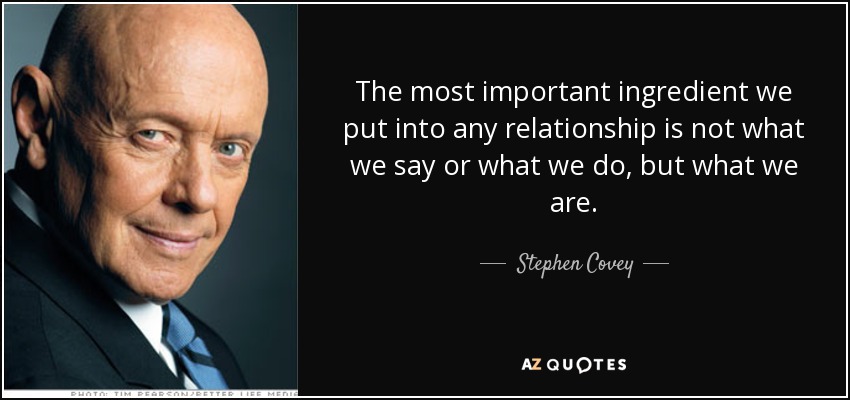
As organisational theories changed, the relationships in organisations also changed.
Early theories emphasised the hierarchical shape of organisations, putting the leader on top and the workers below. The leader made the plans and the subordinates had to execute. Some workplaces went as far as to ask workers to leave their brains at home, but to remember their hands.
As world-class competition increased and the emphasis on quality, speed and cost-effective production became more, the search was on to improve organisational effectiveness. And then suddenly the light came on – PEOPLE make the difference!! Machines can be bought, but first-line teams of people are where the real quality, cost effectiveness and speed start. These competitive advantages can only be achieved through effective teams.
Therefore, recent years saw a change from the hierarchy to flatter structures, more flexible group structures, joint decision making – in other words, we can sometimes do without your hands, but never without your brain! Concepts like High Performance Work Teams, Total Quality Management, Six Sigma, Employee Engagement and more, were developed to assist companies to utilise the power of their Human Resources.
It is against this background that we developed a model to describe the web of relationships in an organisation as well as relationships with outside stakeholders. The way in which a leader facilitates the relationships around him can make or break the efficiency of himself, the team and the organisation.
In short – It’s all about relationships!